
Parapsychology is the study of alleged psychic phenomena and other paranormal claims, for example, those related to near-death experiences, synchronicity, apparitional experiences, etc. Criticized as being a pseudoscience, the majority of mainstream scientists reject it. Parapsychology has also been criticised by mainstream critics for claims by many of its practitioners that their studies are plausible despite a lack of convincing evidence after more than a century of research for the existence of any psychic phenomena.
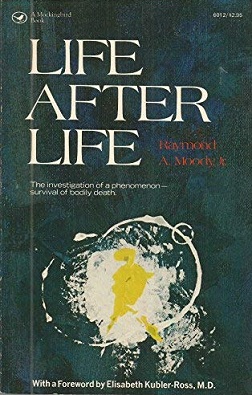
Life After Life is a 1975 book written by psychiatrist Raymond Moody. It is a report on a qualitative study in which Moody interviewed 150 people who had undergone near-death experiences (NDEs). The book presents the author's composite account of what it is like to die, supplemented with individual accounts. On the basis of his collection of cases, Moody identified a common set of elements in NDEs:

An out-of-body experience is a phenomenon in which a person perceives the world from a location outside their physical body. An OBE is a form of autoscopy, although this term is more commonly used to refer to the pathological condition of seeing a second self, or doppelgänger.

Susan Jane Blackmore is a British writer, lecturer, sceptic, broadcaster, and a visiting professor at the University of Plymouth. Her fields of research include memetics, parapsychology, consciousness, and she is best known for her book The Meme Machine. She has written or contributed to over 40 books and 60 scholarly articles and is a contributor to The Guardian newspaper.

Scientific skepticism or rational skepticism, sometimes referred to as skeptical inquiry, is a position in which one questions the veracity of claims lacking empirical evidence. In practice, the term most commonly references the examination of claims and theories that appear to be beyond mainstream science, rather than the routine discussions and challenges among scientists. Scientific skepticism differs from philosophical skepticism, which questions humans' ability to claim any knowledge about the nature of the world and how they perceive it, and the similar but distinct methodological skepticism, which is a systematic process of being skeptical about the truth of one's beliefs.

Astral projection is a term used in esotericism to describe an intentional out-of-body experience (OBE) that assumes the existence of a subtle body, known as the astral body or body of light, through which consciousness can function separately from the physical body and travel throughout the astral plane.

Michael Brant Shermer is an American science writer, historian of science, executive director of The Skeptics Society, and founding publisher of Skeptic magazine, a publication focused on investigating pseudoscientific and supernatural claims. The author of over a dozen books, Shermer is known for engaging in debates on pseudoscience and religion in which he emphasizes scientific skepticism.

Stanislav "Stan" Grof is a Czech-born psychiatrist who has been living in the United States since the 1960s. Grof is one of the principal developers of transpersonal psychology and research into the use of non-ordinary states of consciousness for purposes of psychological healing, deep self-exploration, and obtaining growth and insights into the human psyche. In 1993, Grof received an Honorary Award from the Association for Transpersonal Psychology (ATP) for major contributions to and development of the field of transpersonal psychology, given at the occasion of the 25th Anniversary Convocation held in Asilomar, California. He also received the VISION 97 award granted by the Foundation of Dagmar and Václav Havel in Prague on October 5, 2007. In 2010, he received the Thomas R. Verny Award from the Association for Pre- and Perinatal Psychology and Health (APPPAH). On the other hand, Grof has been criticized by the skeptic group Český klub skeptiků Sisyfos in the Czech Republic for furthering what they view as nonscientific psychology too far outside the bounds of the materialistic philosophical underpinnings of modern science. He is the only person to have been awarded the anti-prize Erratic Boulder Award twice in that country. Grof was married to psychologist Brigitte Grof in 2016.
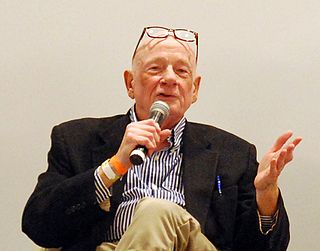
Raymond A. Moody Jr. is an American philosopher, psychiatrist, physician and author, most widely known for his books about afterlife and near-death experiences (NDE), a term that he coined in 1975 in his best-selling book Life After Life. His research explores personal accounts of subjective phenomena encountered in near-death experiences, particularly those of people who have apparently died but been resuscitated. He has widely published his views on what he terms near-death-experience psychology.
Near-death studies is a field of psychology and psychiatry that studies the physiology, phenomenology and after-effects of the near-death experience (NDE). The field was originally associated with a distinct group of North American researchers that followed up on the initial work of Raymond Moody, and who later established the International Association for Near-Death Studies (IANDS) and the Journal of Near-Death Studies. Since then the field has expanded, and now includes contributions from a wide range of researchers and commentators worldwide. Research on near-death experiences is mainly limited to the disciplines of medicine, psychology and psychiatry.
The silver cord in metaphysical studies and literature, also known as the sutratma or life thread of the antahkarana, refers to a life-giving linkage from the higher self down to the physical body. It also refers to an extended synthesis of this thread and a second that connects the physical body to the etheric body, onwards to the astral body and finally to the mental body.
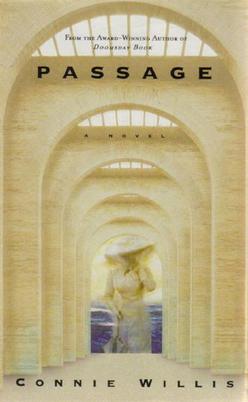
Passage is a science fiction novel by Connie Willis, published in 2001. The novel won the Locus Award for Best Novel in 2002, was shortlisted for the Nebula Award in 2001, and received nominations for the Hugo, Campbell, and Clarke Awards in 2002.
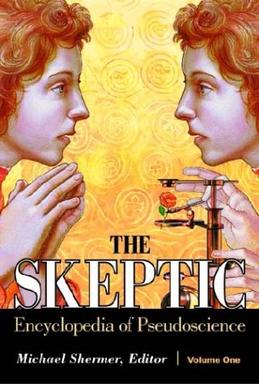
The Skeptic Encyclopedia of Pseudoscience is a two-volume collection of articles that discuss the Skeptics Society's scientific findings of investigations into pseudoscientific and supernatural claims. The editor, Michael Shermer, director of the Skeptics Society, has compiled articles originally published in Skeptic magazine with some conceptual overviews and historical documents to create this encyclopedia. It was published by ABC-CLIO in 2002.
A near-death experience (NDE) is a profound personal experience associated with death or impending death which researchers describe as having similar characteristics. When positive, which the great majority are, such experiences may encompass a variety of sensations including detachment from the body, feelings of levitation, total serenity, security, warmth, joy, the experience of absolute dissolution, review of major life events, the presence of a light, and seeing dead relatives. When negative, such experiences may include sensations of anguish, distress, a void, devastation, vast emptiness, seeing hellish places and "the devil".
Perspectives on the abduction phenomenon are explanations that are intended to explain claims of abduction and examination by apparently otherworldly beings. The main differences between these perspectives lie in the credence ascribed to the claims. Perspectives range from the assertion that all abductions are hoaxes to the belief that the claims are of objective happenings and separate from the consciousness of the claimants.

David Michael Jacobs is an American historian and retired Associate Professor of History at Temple University specializing in 20th-century American history. Jacobs is a prominent figure in ufology and the study of the alleged alien abduction phenomenon, including the use of hypnosis on subjects claiming to be abductees. Jacobs has authored several books on the subject.
Peter Brooke Cadogan Fenwick is a neuropsychiatrist and neurophysiologist who is known for his studies of epilepsy and end-of-life phenomena.
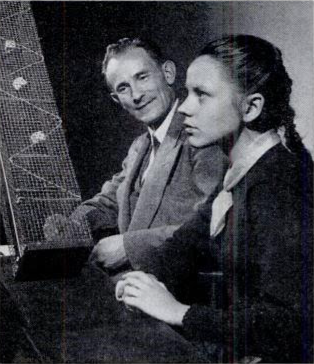
Karlis Osis was a Latvian-born parapsychologist who specialised in exploring deathbed phenomena and life after death.
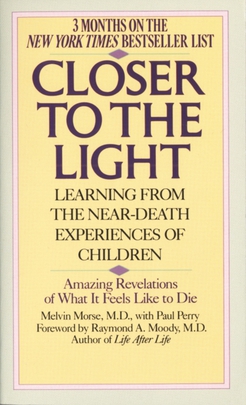
Closer to the Light: Learning from the Near-Death Experiences of Children is a 1991 nonfiction book written by Melvin L. Morse and Paul Perry with foreword written by Raymond Moody. The book documented the near-death experiences (NDEs) of 26 children and became a New York Times bestseller.














